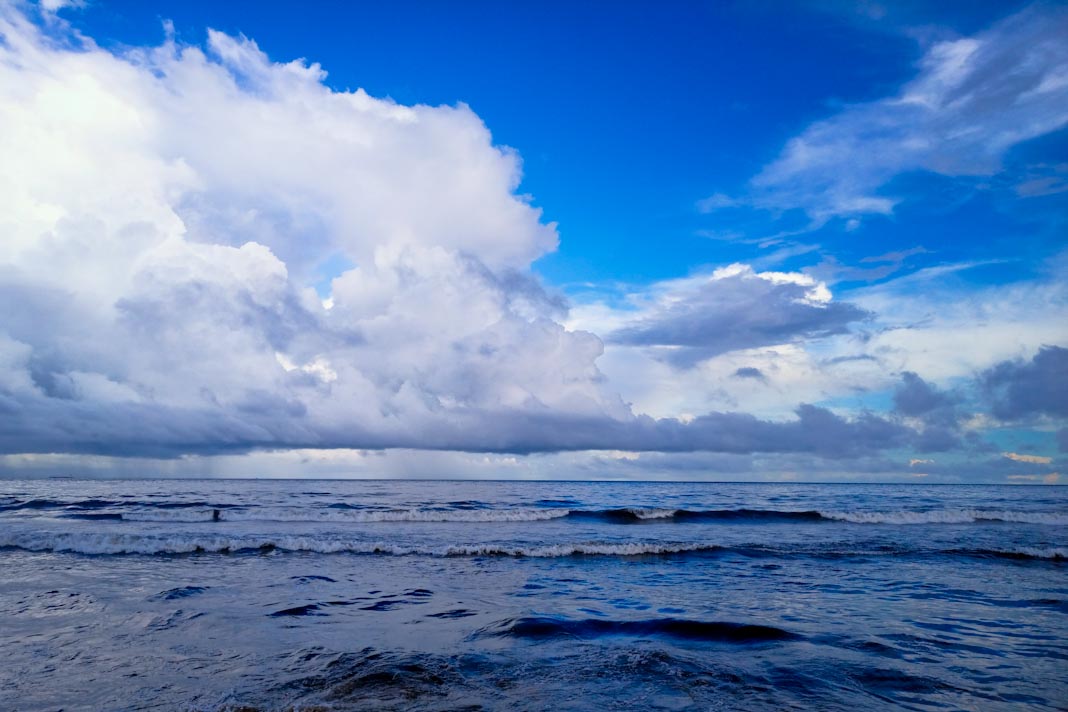- Mitsubishi Shipbuilding launched WAKASHIO MARU, a new training ship for the National Institute of Technology, Toyama College.
- The vessel will provide hands-on training in ocean navigation and marine research after its handover in March 2026.
- Designed to enhance seamanship, the ship features simulators, wooden decks, and separate machinery rooms for practical learning.
- Equipped for disaster support and oceanographic surveys, the vessel reflects MHI’s focus on innovation and community contribution.
Mitsubishi Shipbuilding Co., Ltd., a part of Mitsubishi Heavy Industries (MHI) Group, has launched the WAKASHIO MARU, a new training ship built for the National Institute of Technology, Toyama College. The vessel, scheduled for handover in March 2026, will be used to provide hands-on training in ocean navigation and support marine research activities, as published by Mitsubishi Heavy Industries.
A Modern Training Ship Designed for Practical Learning
The WAKASHIO MARU marks the fifth-generation training vessel for NIT, Toyama College and the first new ship in 31 years since 1995. It is also the first ship Mitsubishi Shipbuilding has constructed for the institution. The vessel’s design emphasizes both comfort and skill development, featuring individually tailored living quarters and specialized layouts to enhance seamanship through the use of all five senses. Training facilities include a navigational simulator and a training switchboard that allow trainees to learn through repeated practice. Wooden decks, requiring daily maintenance such as polishing, and the separation of the main machinery and generator rooms help students distinguish between different sounds and vibrations of onboard equipment — fostering a deeper understanding of real-life marine operations.
Multi-Functional Capabilities and Contribution to Society
Beyond training, the WAKASHIO MARU is equipped to serve as a disaster support vessel. It can function as an onboard base station, provide water and power, transport emergency resources, and accommodate people during natural disasters. The ship also carries a wide range of oceanographic research equipment, including acoustic instruments, winches, and an A-frame crane for deep-sea exploration. These features are tailored to the unique marine characteristics of Toyama Bay, known for its depth exceeding 1,000 meters and distinct three-layered water mass structure. Through this vessel, Mitsubishi Shipbuilding aims to advance maritime education, strengthen community resilience, and support next-generation maritime development, reaffirming its commitment to innovation and social contribution in the marine industry.
Did you subscribe to our Daily newsletter?
It’s Free! Click here to Subscribe!
Source: MITSUBISHI HEAVY INDUSTRIES
















